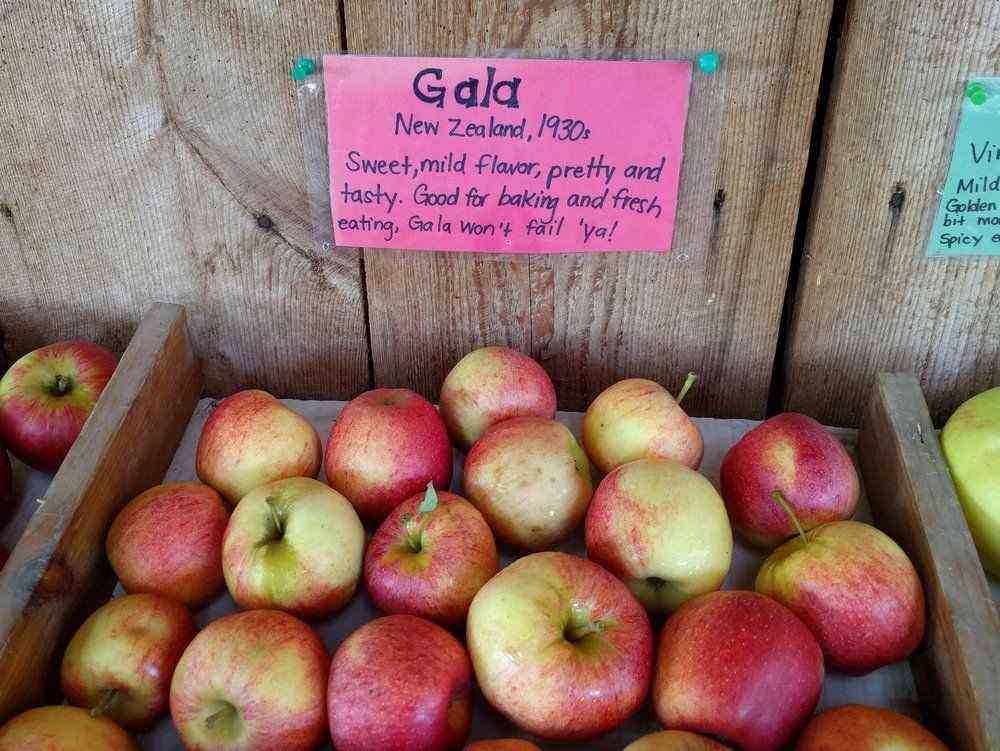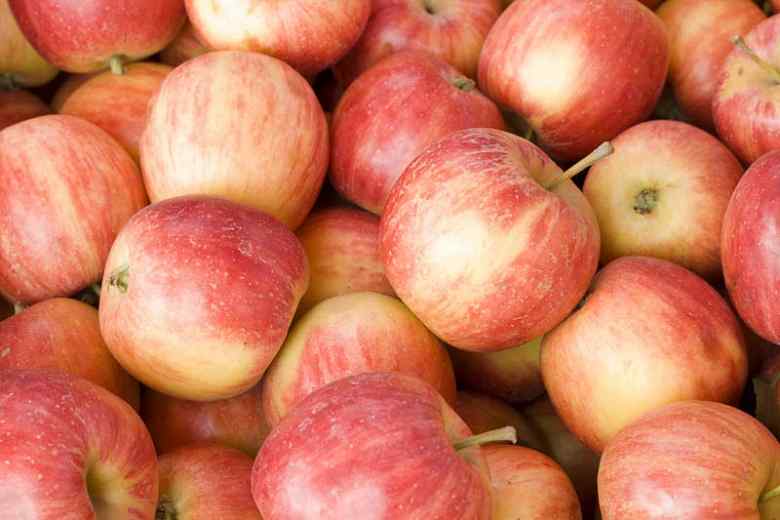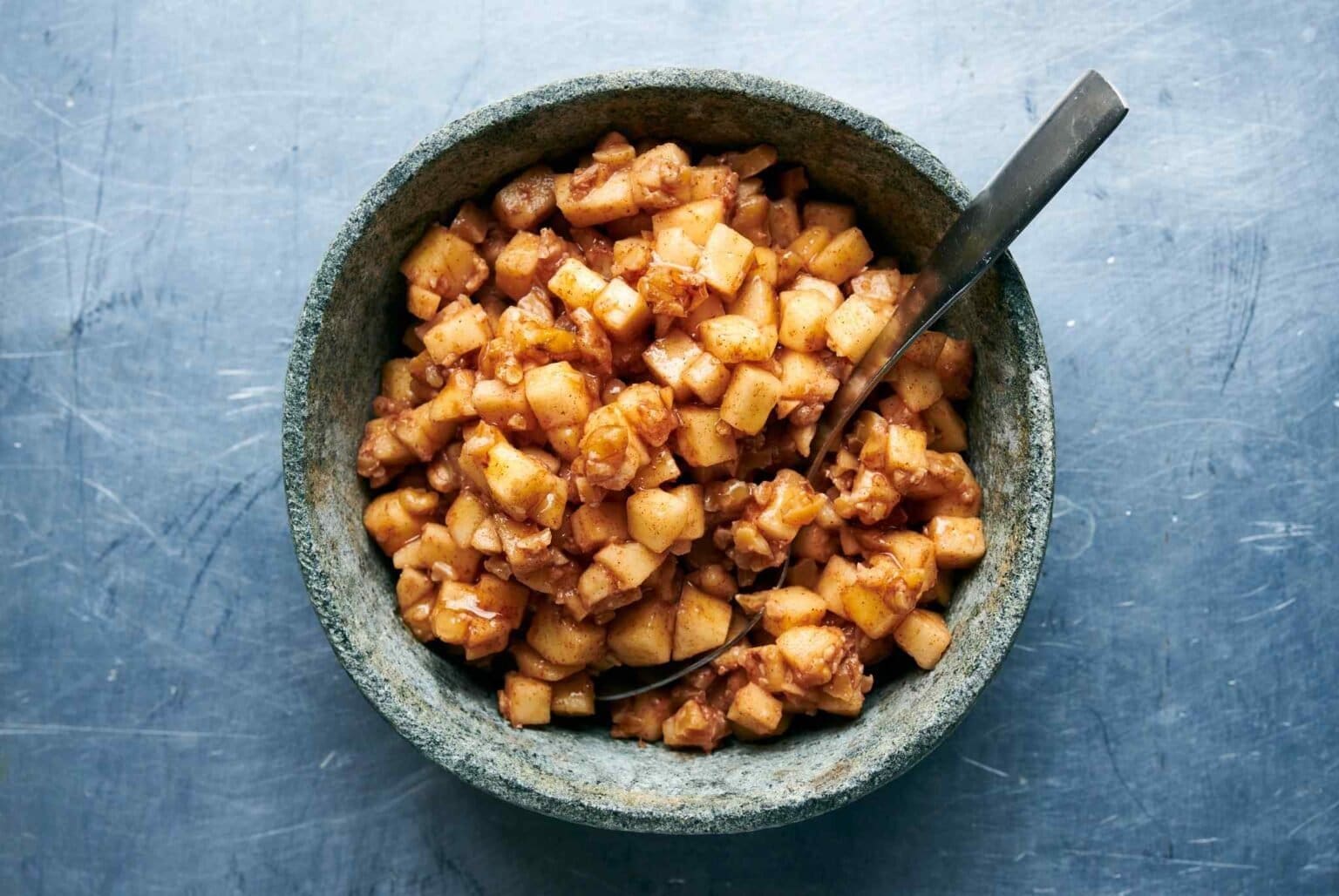Passover Seder is happening soon! Do you know what that means?
It’s time to start figuring out the best charoset recipes.
So, how do you make the charoset taste amazing? By using the right apples!
Want to know which apples are perfect for making charoset?
Here are the top 5 options – Gala is the overall best choice, followed by Fuji and Granny Smith apples. You can also use McIntosh and Honeycrisp. All these types of apples work really well in charoset recipes.
Now, do you want to know why we chose these apples? Keep reading.
But first, let’s understand what charoset is and why choosing the right apples matters.
So, what is charoset?
It is a traditional Jewish dish made during Passover Seder.
Note:
Charoset is also known as – charoises or haroset.
What is Passover Seder?
It is a ritual feast that marks the start of the Jewish holiday called Passover.
When is Passover?
It takes place worldwide on the evening before the 15th day of Nisan in the Hebrew calendar.
Now, let’s come back to charoset.
This sweet, thick, and dark-colored mixture is made from,
- Chopped apples
- Nuts
- Honey or sugar
- Spices
When you mix all these ingredients, it creates a mortal-like consistency. This symbolizes the mortar used by Jewish slaves in ancient Egypt.
Why is it important to choose the right apple for charoset?
Because it is the main ingredient of the recipe!
The type of apple you choose directly affects the taste and consistency of the charoset.
The apples should be,
- Sweet
- Firm
- Crisp
- And hold their shape when chopped
Here are the top 5 best apples for charoset,
1. Gala Apples

Want to make the best charoset? Then you should use Gala apples!
It is one of the most widely grown apple varieties in the world, and you can easily find it in local markets.
Now, how will you identify these apples?
- They are round and have yellow-orange skin
- There are red stripes on top
- The flesh, on the other hand, is creamy white
- Also, these apples are sweet with a mild flavor
So, what makes them best for charoset?
Well, Gala apples are best because,
- They maintain their crisp texture even after being chopped
- And, when you mix other ingredients, it still holds the shape
- Their natural sweetness (13.5% sugar) adds a pleasant contrast to the nuts and spices
- Moreover, these apples don’t overpower the taste of other ingredients
- Also, the texture is not too hard and is perfect for children and the elderly
What’s the price of Gala apples?
You can expect to pay anywhere from $1 to $2 per pound, but prices may be higher or lower.
2. Fuji Apples

If you don’t want to use Gala, you can also go with Fuji apples to make charoset.
Now, you might have guessed from its name that the apple is from Japan.
Fuji apples are a Japanese variety that has gained popularity worldwide.
So, how do we identify them?
- Well, they are medium to large in size
- The skin is yellow-green and flushed with red
- The flesh is dense and juicy
- As for flavor, it is a mix of sweetness and tartness
Why are they the best?
- Fuji apples hold up well in charoset
- The balance of firmness and juicy texture improves the taste
- They provide a satisfying crunch
- Also, they offer sweetness (9 to 11% sugar) without being overly sugary
How much do these apples cost?
The cost of Fuji apples can vary depending on the region and time of year. On average, Fuji apples typically range from $1.50 to $3 per pound.
3. Granny Smith Apples

Not a fan of overly sweet apples? Then, Granny Smith is right for you!
It’s named after Maria Ann Smith, who grew the variety from a random seed.
It is also known as “green apple” or “sour apple” based on its color and taste.
How do we identify these apples?
- Well, it is pretty easy because these apples have green skin
- Another peculiar thing is their tart flavor
- They have a crisp and firm texture
So, why is it best for charoset?
- Granny Smith apples bring a refreshing tanginess to charoset
- It balances the sweetness of the honey used in the recipe
- It remains firm even when cooked
- With this apple, you will get a satisfying crunch in every bite
What’s the price?
Granny Smith apples typically range from $1 to $2 per pound, but prices may fluctuate based on location and season.
4. McIntosh Apples

An apple named McIntosh? Isn’t it ironic?
But here’s a fun fact – these apples originated way before (1811) the Apple brand we know today.
These apples are native to Canada and the northeastern United States. In fact, it is the national apple of Canada.
Now, how will you identify it?
· The fruit has a combination of red and green skin
· It is slightly tangy with aromatic flavor
· You will find the flesh soft and white
· Also, the texture is tender
So, what makes them best for charoset?
McIntosh apples are best because,
- They break down easily when chopped
- This creates a soft and juicy consistency in the charoset
- Also, their sweet-tart flavor adds depth to the dish
- These apples need less time to cook
What’s the price of McIntosh apples?
On average, the price ranges from $1 to $2 per pound.
5. Honeycrisp Apples

Do you prefer crisp apples in charoset? Well, then, Honeycrisp is the right choice.
As the name goes, these apples have the sweetness of honey and are exceptionally crisp.
You can literally hear the slight crunch when you take a bite!
So, how do we identify them?
- They have a red and yellow skin
- The shape is round and large
- You can easily feel their firm and dense texture
- As for taste, they have a sweet-tangy flavor
- They are very juicy
Why are they the best?
- Because Honeycrisp apples provide a delightful crunch
- Also, they add perfect sweetness to the charoset
- Their juiciness adds moisture to the dish
- They hold the shape well when chopped
How much do these apples cost?
Prices can range from $2 to $4 per pound or more.
So, these are the 5 best types of apples you can use for making charoset.
Feel free to mix and match these apple varieties to create a charoset that suits your taste and complements the other ingredients in your recipe!



